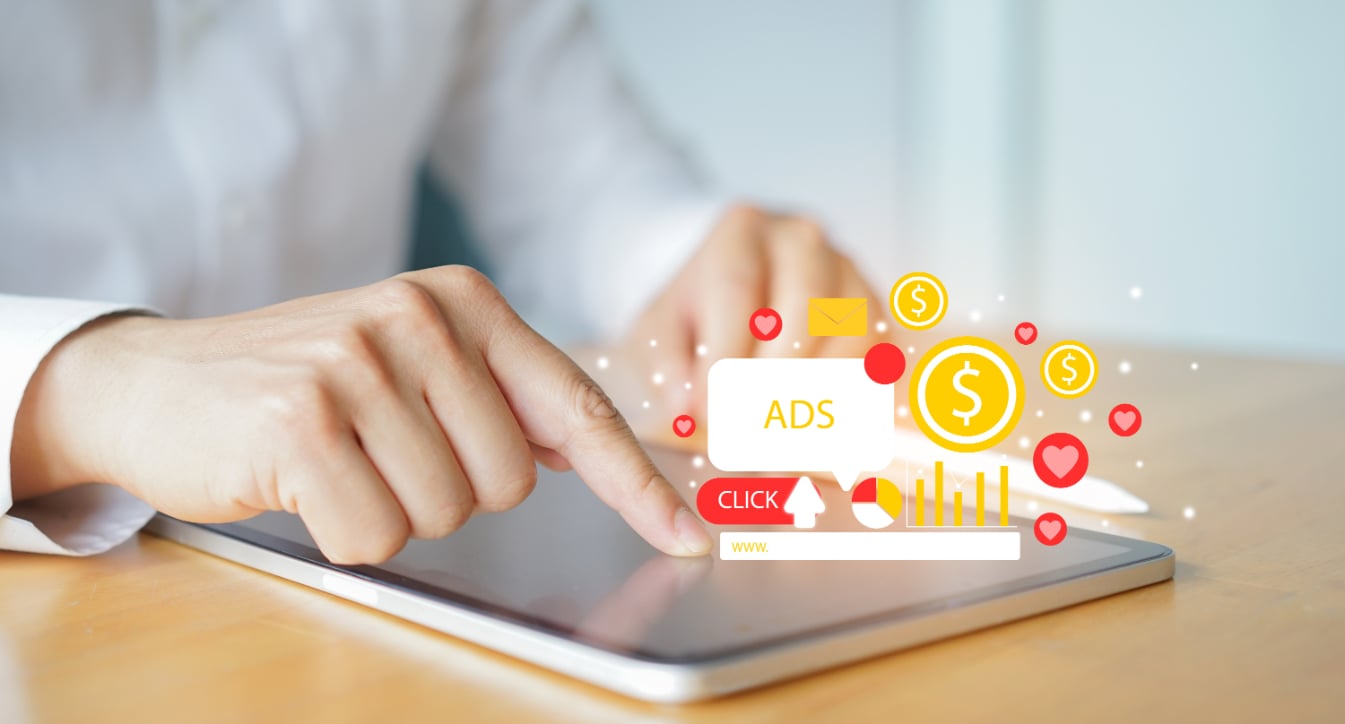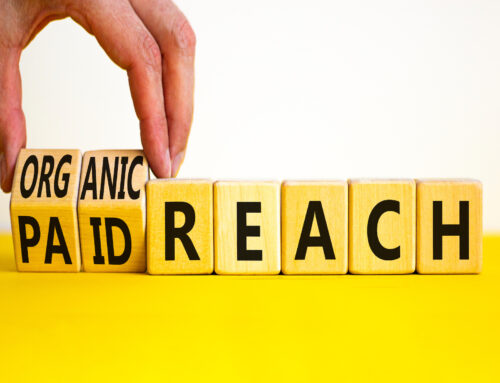Paid advertising has become an integral part of digital marketing strategies, and one of the most effective tools in a marketer’s arsenal is PPC. PPC, or Pay-Per-Click, is a digital advertising model that enables advertisers to display their ads on various online platforms and search engines. We will delve into the world of PPC advertising, exploring its significance, how it works, its key components, benefits, popular platforms, and best practices to help you navigate this powerful advertising technique successfully.
How PPC Ads Works
PPC advertising is built around an auction-based approach. Advertisers place bids on particular keywords associated with their goods or services, which trigger their ads to appear when users search for relevant terms. The search engine or platform determines the ad’s placement based on the bid amount and quality. When a user clicks on the ad, the advertiser is charged a predetermined amount, hence the term “pay-per-click.”
Important PPC Campaign Elements
A successful PPC campaign requires careful planning and consideration of several key elements. It starts with thorough keyword research; understanding what potential customers are searching for is critical. Targeting the right audience is equally essential, as you want your ads to be seen by those most likely to convert.
This is followed up by Ad creation, which involves crafting compelling headlines and descriptions, directly influencing click-through rates. Additionally, landing page optimization ensures that once users click on your ads, they’re taken to a relevant page with a clear call-to-action. Lastly, consistent monitoring and adjustment are necessary to optimize performance and maximize ROI from your paid advertising efforts.
The framework for this process looks like this:
- Advertisers
Advertisers create and run ads in PPC campaigns. They are responsible for setting campaign goals, selecting keywords, creating ad copies, and managing the overall strategy.
- Keywords and ad groups
Keywords are the foundation of PPC ads. Choose relevant keywords and organize them into ad groups, ensuring the ads are shown to the right audience.
- Ad copies
Ad copies are the textual or visual components of the ads. Create compelling copies that resonate with the target audience and entice them to click on the ad.
- Landing pages
Landing pages are the web pages users visit after clicking on an ad. Design landing pages to be highly relevant to the ad and optimized for conversions.
- Bidding strategies
Employ bidding strategies to determine how much will be paid for each click. Bids can be manual or automated, and various factors, including competition, keyword relevance, and quality score, influence the bidding process.
Positive Effects of Paid Advertising
PPC allows advertisers to precisely target their audience based on keywords, demographics, and other relevant criteria. This ensures that the ads reach the right people at the right time.
Immediate Results of PPC Ads
In contrast to organic search engine optimization, PPC advertising immediately increases a website’s visibility and traffic. Results can be seen by advertisers as soon as their adverts go online. Advertisers have complete budget control with PPC. Customers might set daily or monthly spending caps to ensure they only spend what they can afford. It is a cost-effective advertising model because advertisers only pay when someone clicks on their adverts.
Measurable Performance
PPC campaigns provide detailed performance metrics, allowing advertisers to track clicks, impressions, conversions, and other key performance indicators. This data enables data-driven decision-making and optimization.
Flexibility and Scalability
PPC advertising is highly flexible, allowing advertisers to modify campaigns in real-time, adjust bids, and experiment with different ad copies and landing pages. Moreover, PPC campaigns can be easily scaled up or down based on budget and business needs.
Common Paid Advertising Platforms
PPC advertising offers businesses a powerful way to reach their target audience online, and there are several commonly used platforms to choose from. Google Ads leads the pack with its extensive network of websites and search results, providing advanced targeting options and analytics tools. Bing Ads, powered by Microsoft, offers similar features and can complement or serve as an alternative to Google Ads.
Facebook Ads taps into the billions of users on the world’s largest social media platform, offering advanced targeting options and various ad formats. Twitter Ads leverages the real-time nature of the microblogging platform to connect with audiences effectively. LinkedIn Ads, on the other hand, caters to professionals and businesses, making it a suitable platform for B2B advertising.
Instagram Ads, owned by Facebook, specializes in promoting products and services on the visually appealing Instagram platform. Pinterest Ads excels in reaching users with inspirational and aspirational content. Snapchat Ads effectively engage a young and active audience on the Snapchat app. Amazon Advertising focuses on product promotion within the Amazon marketplace.
Microsoft Advertising, formerly Bing Ads, encompasses ads on the Bing search engine and Microsoft properties. Lastly, YouTube Ads enable businesses to advertise through video on the popular YouTube platform. With these various platforms, companies have multiple options based on their target audience, objectives, and budget.
Ready to Elevate Your PPD Game in Lakewood, Ohio?
Blue Ridge Media Company is here to help you master the art of PPC. Contact us today and let our expert team guide you through the intricacies of paid advertising. From keyword research to campaign optimization, we’ll ensure your PPC campaigns deliver exceptional results. Visit our website or call (216) 279-7550!






